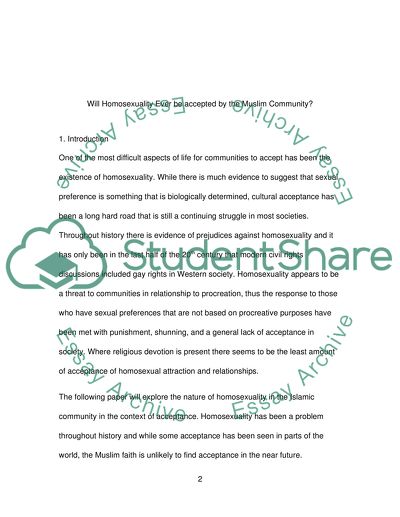Cite this document
(“Will Homosexuality Ever be accepted by the Muslim Community Dissertation”, n.d.)
Will Homosexuality Ever be accepted by the Muslim Community Dissertation. Retrieved from https://studentshare.org/sociology/1470449-acceptance
Will Homosexuality Ever be accepted by the Muslim Community Dissertation. Retrieved from https://studentshare.org/sociology/1470449-acceptance
(Will Homosexuality Ever Be Accepted by the Muslim Community Dissertation)
Will Homosexuality Ever Be Accepted by the Muslim Community Dissertation. https://studentshare.org/sociology/1470449-acceptance.
Will Homosexuality Ever Be Accepted by the Muslim Community Dissertation. https://studentshare.org/sociology/1470449-acceptance.
“Will Homosexuality Ever Be Accepted by the Muslim Community Dissertation”, n.d. https://studentshare.org/sociology/1470449-acceptance.


